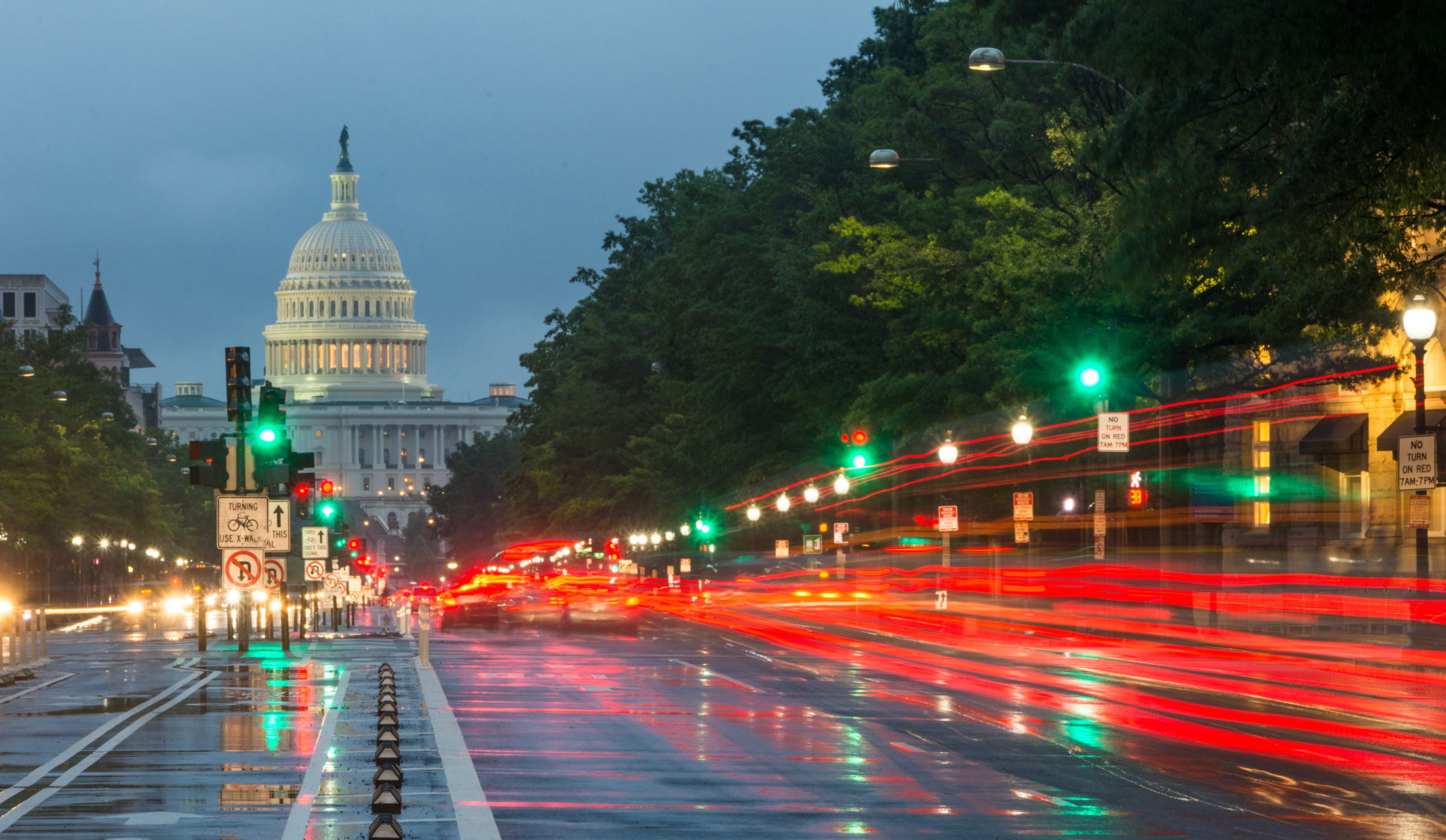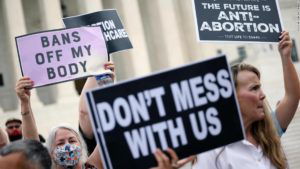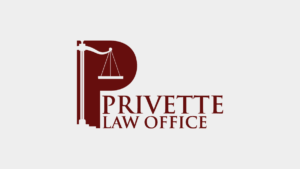
Recent Accident In Autopilot Car Highlights the Need for Caution With New Technology Warns Arkansas Injury Lawyer
Nov 1, 2011
Little Rock, AR (Law Firm Newswire) October 31, 2011 – Autopilot cars may be the way of the future. However, if the driver makes a mistake, there is still a crash.
 “I was somewhat amused by an article I recently read on the Internet, about Google’s autopilot car crashing. Why did it crash?” asked Michael G. Smith, an Arkansas injury lawyer and Arkansas accident lawyer, practicing personal injury law in Arkansas. “It crashed as a result of human error, which lays bare some of the common misconceptions people have about autopilot cars. The first one is that no one needs to control the vehicle, which is wrong. And the second myth is that if it’s automatic, it can’t make mistakes. Maybe the car can’t, but the driver can, and in this case did. The end result was an autopilot car wreck.”
“I was somewhat amused by an article I recently read on the Internet, about Google’s autopilot car crashing. Why did it crash?” asked Michael G. Smith, an Arkansas injury lawyer and Arkansas accident lawyer, practicing personal injury law in Arkansas. “It crashed as a result of human error, which lays bare some of the common misconceptions people have about autopilot cars. The first one is that no one needs to control the vehicle, which is wrong. And the second myth is that if it’s automatic, it can’t make mistakes. Maybe the car can’t, but the driver can, and in this case did. The end result was an autopilot car wreck.”
Perhaps the autopilot’s sophistication in this first-of-its-kind car was the very thing that caused the wreck. On the other hand, since the error that crashed it was human, perhaps it was the human’s unfamiliarity with the new creation that caused the accident. In either event, the result was an accident that could have had the potential to seriously injure someone.
Automated driving technology for this particular Prius features all sorts of bells and whistles that include video cams, short-range radar sensors and continuous connectivity to Google maps for traffic and road information. None of that is really surprising given the fact that this car is intended for use around Google’s headquarters. “Sure, it’s an experiment, but its potential for the automotive industry is frightening, particularly if it turns out that it is not safe,” Smith commented.
The obvious problem is that auto-pilot cars are supposed to be able to drive themselves, and the driver does not need to be concerned about getting into an accident no matter whose fault it might be. That might be just completely fine providing the driver does not disable the autopilot features as apparently happened in this case. In other words, the car driver was driving it manually and was involved in a crash.
“Let’s just take a look at the bigger picture,” added Smith, “and that would include this kind of a prototype being commercially manufactured and available for the public. Based on what happened to the Prius at Google’s headquarters, the visual of what could possibly happen on a very busy interstate is chilling.”
Personal injury accidents involving car wrecks may well take on a whole new aspect if cars such as this experimental one make it out on the roads across the nation. Already there are far too many people driving while distracted. How would a car on auto-pilot affect those statistics? What happens if the auto-pilot fails when someone is out driving? “And we all know about equipment failing or computer chips malfunctioning,” Smith pointed out.
While technology has its place in the modern world, there is still an essential need to make consumer products safe for those who will use them. Until the bugs are worked out of this model, and there is some happy medium met between human driver and driving software, it might do well to just stay as an experiment.
Learn more by contacting Arkansas personal injury lawyer, Michael Smith at http://www.arkansaslawhelp.com.
Michael Smith
425 W. Capitol Av., Suite 3700
Little Rock, AR 72201
Call: 501.519.4357



